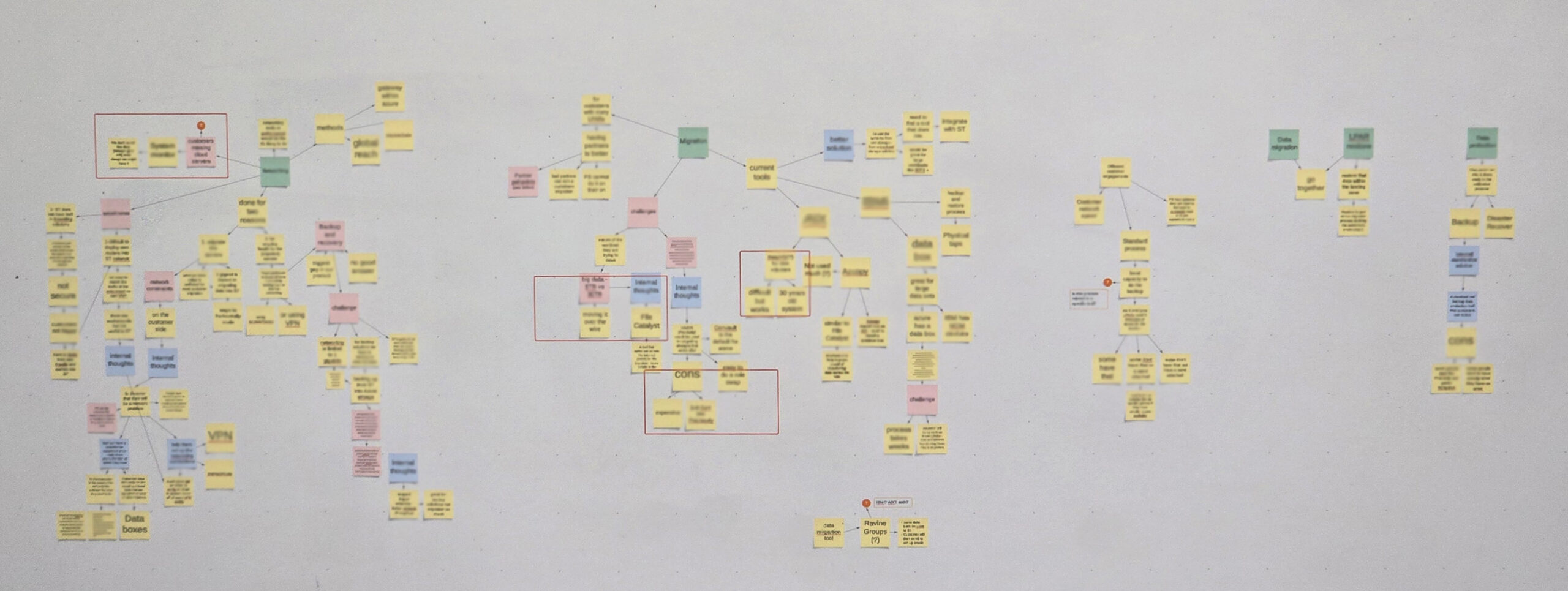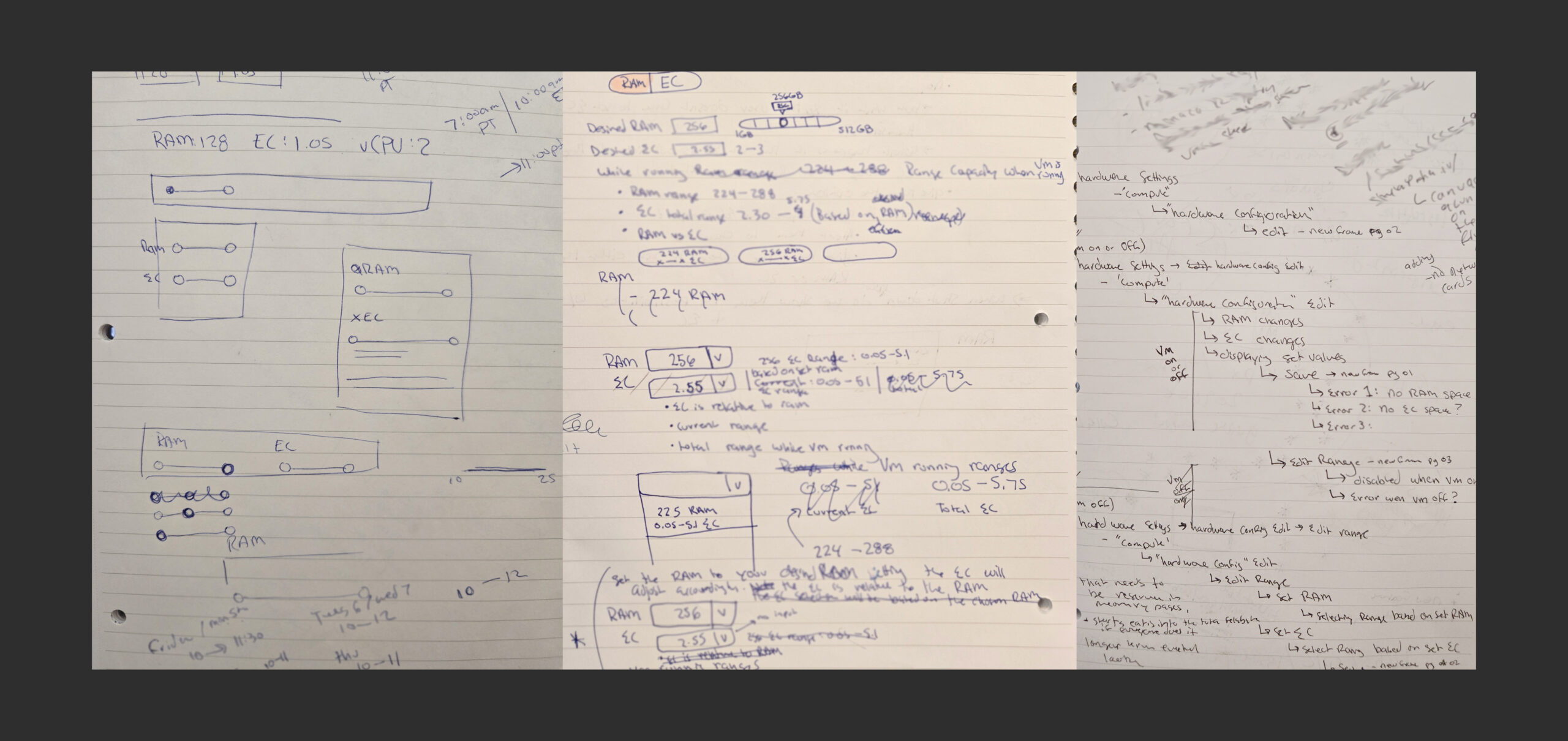Empowering Users with Seamless LPAR Management
Imagine trying to run a critical system update, only to be forced to shut down everything just to adjust the memory or capacity. For businesses that rely on Logical Partitions (LPARs), this has been an all-too-common frustration. Downtime to adjust crucial settings like RAM, Entitled Capacity (EC), and virtual CPUs (vCPUs) meant lost productivity, workflow interruptions, and often a significant financial hit.
Our users voiced this pain loud and clear. They needed a way to adjust system settings in real-time, without the operational headache of downtime. DLPAR became our response—a tool designed to provide seamless dynamic adjustments of RAM, EC, and vCPU, without requiring shutdowns.
But innovation is never straightforward. With DLPAR, we didn’t just need to solve a technical problem—we needed to ensure users trusted the system and found it intuitive to use.
Overcoming the Challenges of Flexibility and Trust
Every step of DLPAR’s development came with unique challenges that tested our ability to balance flexibility, user trust, and system performance.
- Automatic Adjustments—Building Trust in New Workflows: Users were used to manual control over system configurations, especially with vCPUs. Shifting this control to automated settings introduced a layer of uncertainty. How could we build confidence in a system that made decisions for them?
- Navigating the Complexity of System Limits: The product has varying limitations based on user configurations. One of our greatest challenges was designing an interface that conveyed these limits clearly so users didn’t feel overwhelmed or confused.
- Maintaining Performance Amid Extreme Use Cases: Some users tend to push system configurations to their limits. We had to create safety nets within DLPAR to ensure that no matter how far users stretched the system, it would maintain optimal performance.
- Communicating the Changes with Clarity: DLPAR was designed to handle complex changes, but our users needed to understand what was happening and why, at every step. We had to make the invisible visible.

A Design Process Rooted in Empathy
From the beginning, we knew that to solve these challenges, we needed to walk in our users’ shoes. This meant immersing ourselves in their world—listening, observing, and reflecting their concerns in our designs.
Research—Listening to the Stories Behind the Data
We didn’t just want numbers; we wanted to understand our users’ experiences. We began by digging through support tickets to uncover where existing workflows were failing. Users often voiced confusion about the limitations of the product, feeling overwhelmed by the technical complexity.
We complemented this with interviews and direct feedback sessions with users, mapping out their concerns. The pain of shutting down LPARs for system updates came up repeatedly. It wasn’t just a technical problem—it was a source of daily frustration that impacted their productivity and peace of mind.
Armed with these insights, we sketched out the first ideas for DLPAR.
Bringing the Solution to Life
Early sketches quickly evolved into prototypes. But given the feature’s complexity—where EC values were tied to RAM, and vCPUs dependent on EC—we knew static wireframes wouldn’t suffice. I took it upon myself to code the prototype using HTML, CSS, and JavaScript, allowing us to test in real-time with real users.
Through this process, we identified critical pain points, iterated on our designs, and refined the experience. Users needed clarity on how to balance EC and RAM—two settings that often confused them. By introducing real-time feedback within the interface, we empowered users to make data-driven decisions instead of relying on guesswork.

Designing for Intuition: Small Changes, Big Impact
A simple yet transformative change was moving from dropdown menus to range sliders for RAM and EC. This allowed users to see the available ranges visually, making the process more intuitive and eliminating confusion. Instead of overwhelming users with numbers and limits, we made the choices feel natural.
We also implemented a notification system to guide users through system limitations and processing times. The goal was to ensure that users felt informed, in control, and never unsure about what was happening behind the scenes.
Advocacy for the User
While designing DLPAR, I encountered a different kind of challenge—ensuring our engineers saw the product from the users’ perspective. It wasn’t just about speed and efficiency; it was about usability. Storytelling became a powerful tool here. By walking engineers through the user journey, I was able to highlight how certain design choices—though technically simpler—could complicate the user’s experience.
This shift in mindset didn’t just impact DLPAR—it created a lasting change in how we approached future features.
Reflection
The development of DLPAR wasn’t just a technical journey—it was a process of collective learning and growth for our entire team. From product managers to engineers, designers to support staff, we all came to understand the power of putting the user at the center of every decision.